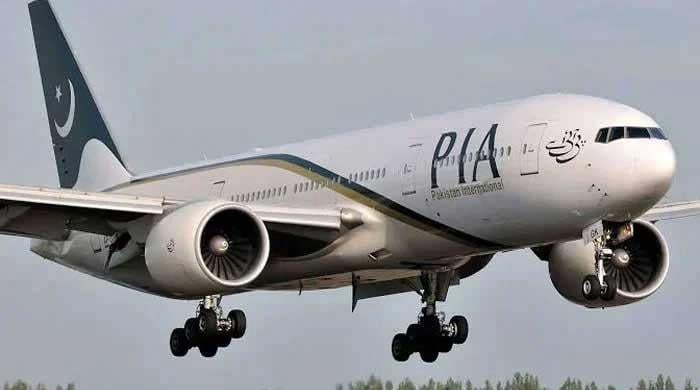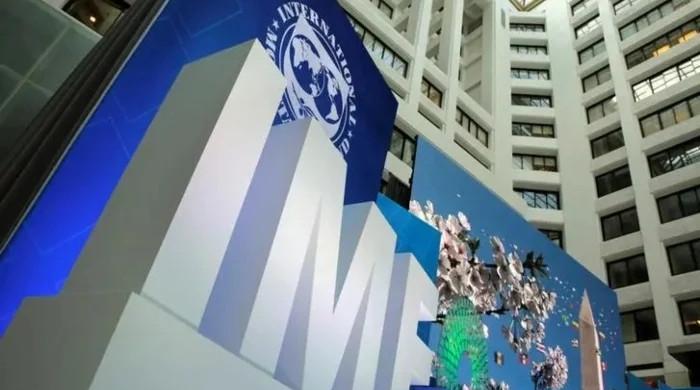The toxic clouds of Lahore
Lahore is facing incrementally elevated levels of air pollution over the past years due to rapid industrialisation, growing vehicular emissions, tree slashing, and rampant construction activity
October 31, 2017
Jacques-Yves Cousteau, a famed conservationist, once said that water and air, the two essential fluids on which all life depends, have become global garbage cans.
The statement appears remarkably accurate in light of the recent report published by the Lancet Commission, a UK-based medical journal, on pollution and health. The report has concluded that pollution is the largest environmental cause of disease and death in the world today, responsible for an estimated nine million premature deaths in 2015 alone.
Pakistan is at the forefront of this global health crisis with scientific consensus that the country’s urban air pollution is among the most severe in the world.
Lahore is no exception to this situation, with air quality indicators several times higher than the World Health Organization (WHO) ascribed safe limits.
This second largest city of Pakistan, with a population in excess of 11 million, according to the recent census, is striving to become a global metropolis. Several mega development projects of historic proportions are being undertaken to bring the city in step with western living standards. But in this quest for development, the importance of clean air, as the cornerstone of quality living, has been overlooked by the ambitious city planners and policymakers.
Every winter season, thick smog descends over the city as toxic chemicals accumulate in the dry stagnant air pockets. Lahore is facing incrementally elevated levels of air pollution over the past years due to rapid industrialisation, growing vehicular emissions, tree slashing, and rampant construction activity. The smog episode during last November caused a serious health crisis in the city, triggering widespread panic among the citizens.
According to the WHO statistics, the number of fatalities in Pakistan from exposure to fine particulate matter due to air pollution is amongst the highest in the world, responsible for 60,000 deaths in 2015.
Transboundary pollution is another complicating factor to the deteriorating air quality. Last year, unprecedented stubble burning across the Indian agricultural heartland was considered a major contributing factor of the smog. But this dimension should not be used as an excuse to overlook the unchecked damaging practices being undertaken on our side of the border. For instance, unchecked stubble burning is also practiced in many parts of Punjab province regularly.
Unfortunately, most of the literature on causes and intensity of air pollution in Lahore is based on secondary sources or deductive reasoning. That is because, believe it or not, there are no air quality meters that measure the Environmental Quality Standards for ambient air in the city. Without accurate measurement of air quality indicators and pollutant analysis, it will be fairly difficult if not impossible to effectively tackle this challenge. Having reliable data and analysis will enable understanding of the sources and trends of air pollution. It is, therefore, the utmost responsibility of the provincial government to install air quality monitoring infrastructure in the city since what we cannot measure, we cannot manage.
The complex and multidimensional nature of air quality challenge requires a robust policy response. Despite the high human costs, air pollution has remained a largely neglected domain among the policy-making community of Pakistan. The political parties have also never raised this issue in their manifestos or policy statements. What few standards exist are poorly enforced due to severe challenges of capacities and resources in the line departments.
Recognising clean air as a basic human right and pre-requisite for quality living, the government should design and enforce cross-sectoral policy interventions with the engagement of private sector.
In conjunction with policy interventions, the city authorities also need to adopt certain practices to curtail air pollution in short term. There are numerous measures that can be implemented with minimal resource allocation to improve air quality such as increasing urban green spaces, restricting the number of vehicles on roads, ban on open air burning of solid waste, readjusting industrial operation hours and dust control on construction sites. There are similar best practices from around the globe that can be adopted to save innocent lives from falling victim to air pollution.
At the end of the day, air pollution is an issue of environmental justice, it disproportionately kills the poor and the vulnerable. Nearly 92 per cent of pollution-related deaths occur in low-income and middle-income countries and, in countries at every income level, disease caused by pollution is most prevalent among minorities and the marginalised.
In other words, poor pay the ultimate price to sustain processes which allow carbon-intensive lifestyles of the rich. Transitioning to sustainable living standards and clean environment will lead to more equitable and just societies.
For Lahore, competing with the air quality standards of the western capitals will be a welcome addition to the ambitious development agenda of this city.
Khalid is a development professional and Fulbright scholar presently working at LEAD Pakistan, a sustainable development think tank based in Islamabad.
He tweets @sm_bilal
The views and opinions expressed are those of the author and do not necessarily reflect the official policy or position of Geo News or the Jang Group.









